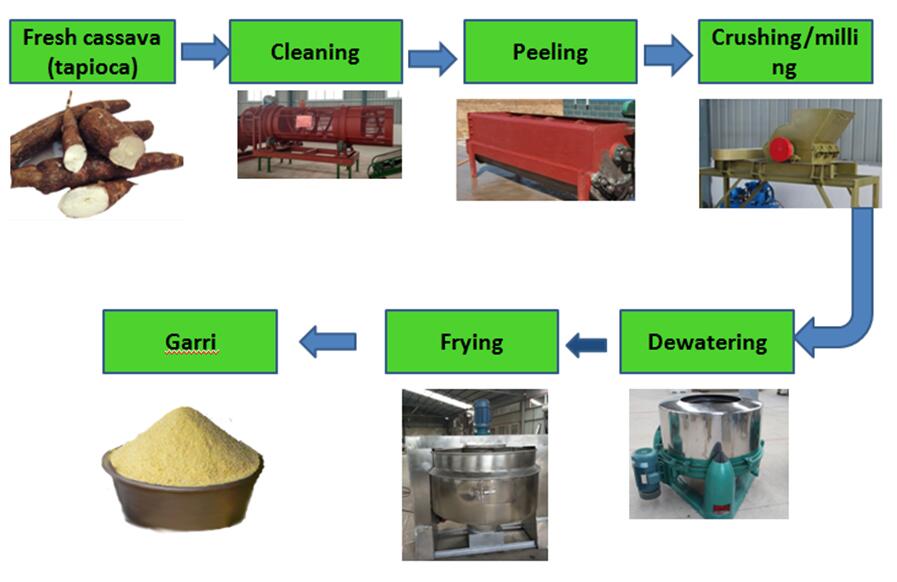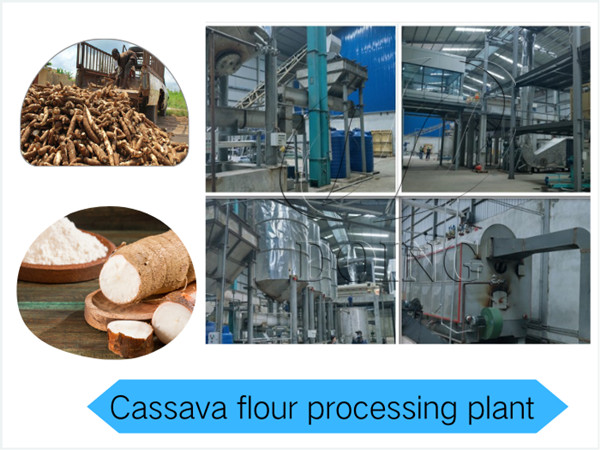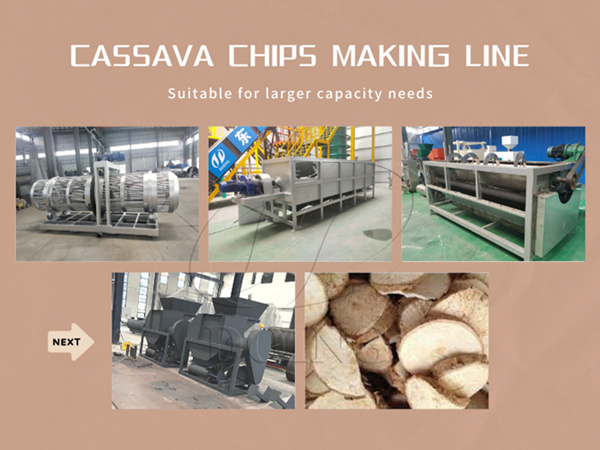
Production of garri from cassava
Industry news/ Chat online/ Leave a message/ Dec 16, 2019

Flow chart of production of garri
Gari is dry, crispy, creamy-white and granular cassava product. It is estimated that 70% of the cassava produced in Nigeria is processed into production of garri. As a result, gari is the most commonly traded cassava product.
The production of garri from cassava is very popular in Nigeria. But most of the production of garri factory is still use the traditional method with manual work . Our company supply the mechanized processing machine for production of garri to produce the good quality product for human consumption.
Process description of production of garri
The basic processes involved in the production of garri from cassava are:
1. Sorting in the production of garri :
After harvest, some roots may be damaged or rotten. These are sorted to select the wholesome roots for processing; only healthy roots (without rot or other damage) should be processed.
2. Peeling and washing in the production of garri :
Freshly harvested cassava roots are covered with soil and dirt and. The roots are peeled to remove the outer brown skin and inner thick cream layer and washed to remove stains and dirt. The water source should be checked regularly to ensure it is not dirty or contaminated.
3. Grating in the production of garri :
As part of the process to remove the cyanide and make the root safe to eat, the peeled cassava are grated into a mash or pulp. Mechanized graters are needed to produce a sufficient quantity of cassava mash to meet market demands and standards.
4. De- watering and fermenting in the production of garri :
This completes the process of removing cyanide from the cassava mash. The water content in the mash is reduced using hydraulic press. The bags are then left to drain and ferment for a few days.
5. Granulating in the production of garri :
The cake is mechanically reduced in size to produce fine granules of greater surface area – known as grits.
6. Roasting in the production of garri :
The grits are then roasted or fryed in a hot frying tray or pan to form the final dry and crispy product. Gari is normally white or cream, but will be yellow when made from yellow cassava roots or when fried with palm oil. It is important to make sure the taste and smell is acceptable to local consumers. Yellow cassava roots and palm oil are rich in vitamin A and therefore make nutritious gari. The roasted gari are spread on a raised platform in the open air to cool and dry.
7. Sieving in the production of garri :
The Gari is sieved to separate coarse particles, with a standard size sieve to produce fine granules. A grinder is used to break the large granules into smaller ones.
8. Packaging in the production of garri :
The gari are weighed and then packed for marketing.
Leave A Message
More information about Production of garri from cassava, please contact us, we will get back to you ASAP.






